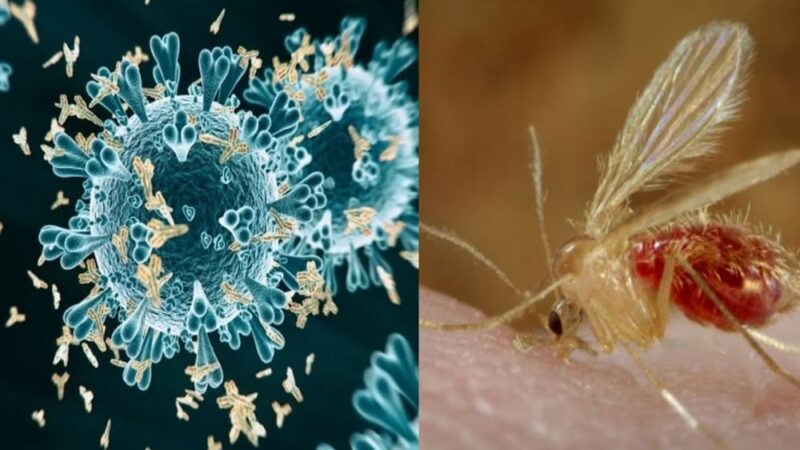The Chandipura virus outbreak in 2024 has become the largest in 20 years, as confirmed by the World Health Organization (WHO). From early June to August 15, the Indian Union Health Ministry reported 245 cases of acute encephalitis syndrome (AES). Unfortunately, 82 of these cases resulted in death, leading to a case fatality rate of 33%. Among the reported cases, 64 were confirmed as Chandipura virus infections, making this the most significant outbreak in two decades.
What is Acute Encephalitis Syndrome (AES)?
Acute encephalitis syndrome, or AES, is a severe condition characterized by inflammation of the brain. It typically starts with a sudden onset of fever and changes in mental status, which can include confusion, disorientation, delirium, or even coma. Other symptoms may include seizures, irritability, vomiting, personality changes, and altered consciousness. This condition is life-threatening and requires immediate medical attention.
All About Chandipura Virus
Chandipura virus belongs to the Rhabdoviridae family and is endemic in India. The virus has a history of causing outbreaks of acute encephalitis syndrome, particularly during the monsoon season in regions such as western, central, and southern India. The virus is transmitted by vectors like sandflies, mosquitoes, and ticks. Due to its high case-fatality ratio, ranging from 56% to 75%, Chandipura virus is a significant public health concern.
Currently, there is no specific treatment or vaccine available for Chandipura virus. This makes early detection and intensive supportive care crucial for the management and treatment of affected individuals.
Geographical Spread and Risk Factors
The majority of Chandipura virus cases in the 2024 outbreak have been reported in Gujarat, with 61 confirmed cases. An additional three cases were reported in Rajasthan. While there has been no evidence of human-to-human transmission, the ongoing monsoon season has created ideal conditions for sandfly and mosquito populations. This raises concerns about the potential for further spread of the virus in the affected areas.
Prevention of Chandipura Virus
As per WHO, it is essential to take measures to prevent the transmission of the Chandipura virus by protecting against bites from sandflies, mosquitoes, and ticks. Poor housing conditions and inadequate domestic sanitation, such as a lack of waste management or open sewage, can increase sandfly breeding and resting sites, making it easier for vectors to come into contact with humans.
Although there is no specific antiviral treatment or approved vaccine for Chandipura virus, early access to supportive care, such as standard encephalitis management protocols, is vital. Diagnosing the disease early, educating people about symptoms—especially in high-risk populations like children under 15 years of age—and increasing healthcare workers’ knowledge can help reduce the spread and impact of the virus.
Current Situation
Since July 19, there has been a noticeable decline in new AES cases, which may suggest that the outbreak is beginning to slow down. However, continued vigilance and preventive measures are necessary to avoid further spread of the Chandipura virus.










